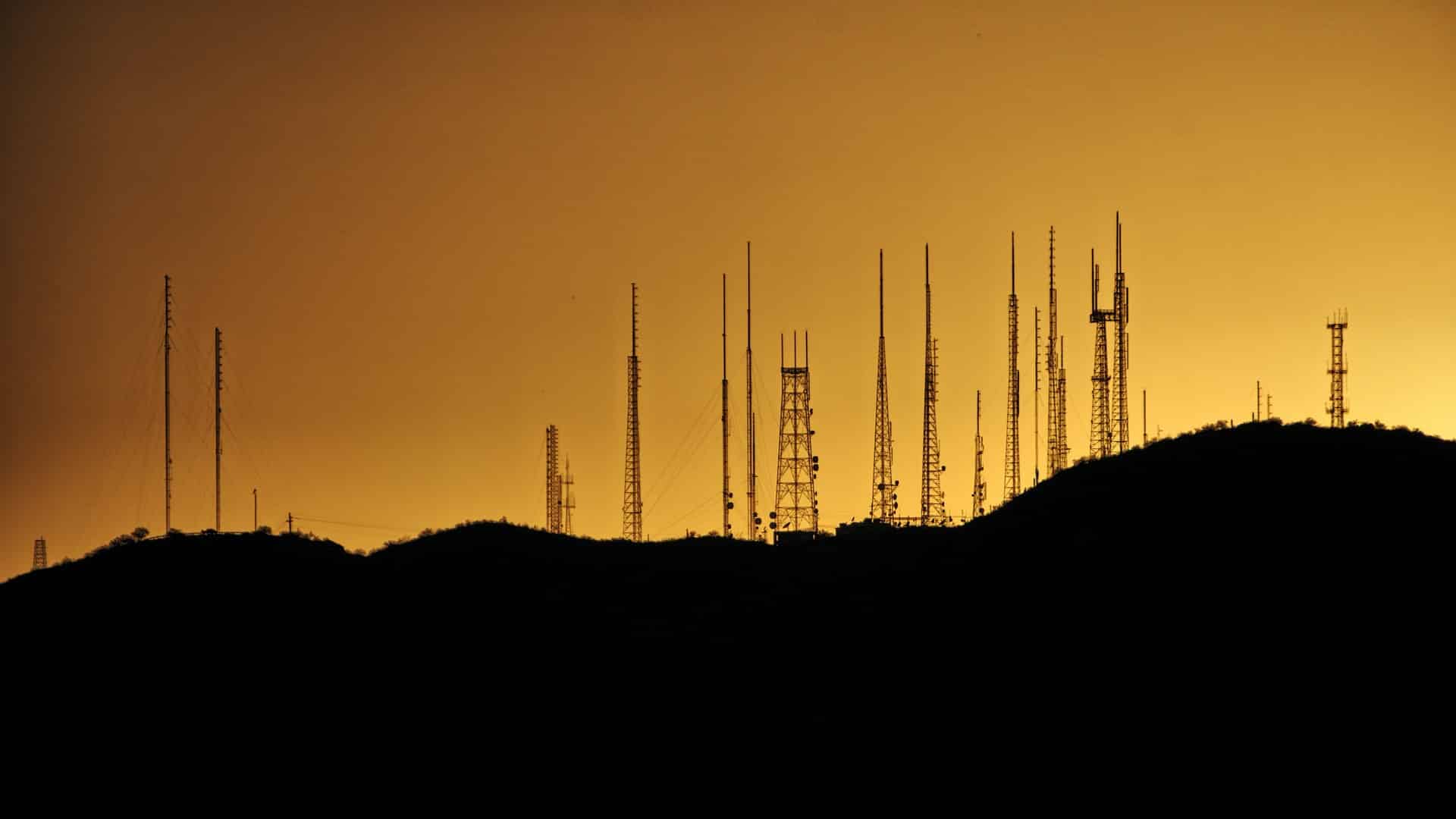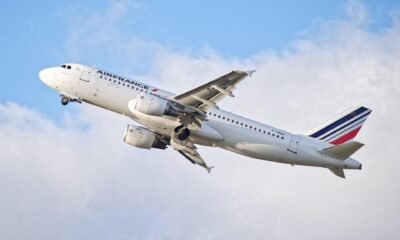Telecom
US imposes restrictions on aircraft flying close to 5G transmission stations
US’s Federal Aviation Administration (FAA) has issued directives, imposing restrictions on aircraft flying close to 5G wireless ground transmission stations. This comes after Boeing and Airbus expressed concerns about potential interference issues facing aircraft radar altimeter systems. As such, the FAA is working with the aviation and wireless industries to find a solution that allows 5G C-band and aviation to safely coexist.
Aviation industry leaders, as per Aviation Today, have stated that more time is needed to establish a long-term resolution to the potential interference issues that this unique new form of US-based 5G connectivity presents to aircraft radar altimeters.
Aircraft radar altimeters operate within 4.2-4.4 GHz, the lower half of which falls within the C-Band, which is a frequency range from 3.7-4.2 GHz where the combination of the range of signal transmissions and capacity are optimum. The 5G wireless networks scheduled to be switched on by AT&T and Verizon next month will occur within the 3.7-3.98 GHz frequency range, close to the altimeters.
According to a 2020 report by the International Air Transport Association on 5G interference, any failures or interruptions to these sensors can lead to incidents with catastrophic outcomes, potentially resulting in multiple fatalities.
Capt. Amit Singh, an air safety expert, told ToI that 5G deployment in India isn’t imminent. “But from an air safety point of view, testing is the same thing as deployment because the 5G waves would be transmitted in locations where the testing is on,” he explained. “But here, the relevant stakeholders such as airport operator, civil aviation regulator, airlines, pilots aren’t aware of these 5G waves.”
Singh believes that is more dangerous because inadvertently something might happen. “NOTAMs (notice) should be issued for pilots. Ministries should come together to form directives to ensure that 5G testing takes place at a safe distance from the airport. The idea is no surprises.”
Also Read: Boeing and Airbus warn 5G could have negative impact on aviation industry
Sanjeev Nagpal, director of product management for Gogo, told Avionics International that airspan is designing and building 5G vRAN base stations (ground towers) specifically for their 5G air-to-ground (ATG) network. “Connecting and maintaining a consistent connection with an aircraft traveling at 500+ miles per hour at altitudes of 35,000+ feet is incredibly challenging,” he said. “Managing handovers from tower to tower with no drops and managing doppler effect are difficult on an aircraft moving at such high speeds and distances.”









































Pingback: NASA successfully launched The James Webb Space Telescope.